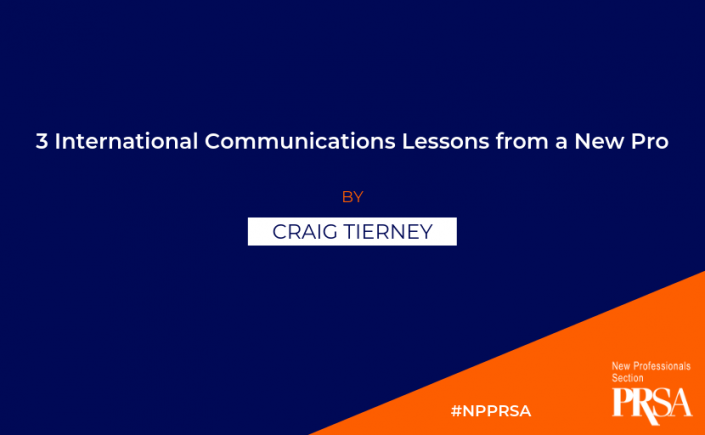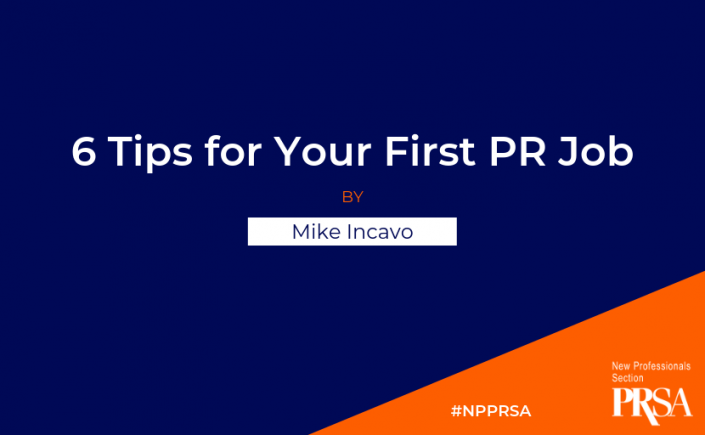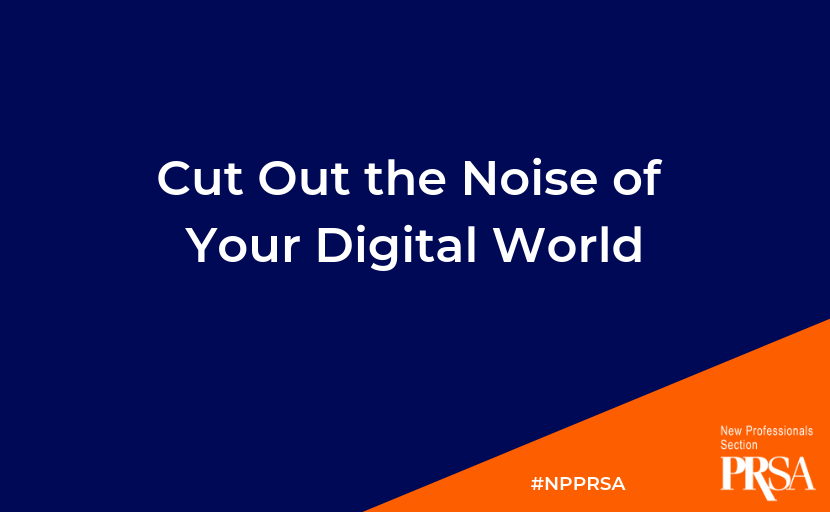
You have 10 minutes to read the many email newsletters you generously subscribe to and 10 minutes to spend on Instagram or Twitter hoping for a burst of creative inspiration to materialize before your next meeting or before you arrive at work. If 20 minutes were all the time you might spend consuming media in a day, how would your mindless scrolling change to actively engaging?
We accept that the media influences what importance the public places on events. In the same vein, what we see on social media has the power to tell our minds what is important. Why not curate a digital feed that piques and provokes your interest? Leave behind mindless scrolling. Take control of your digital feed and give yourself content that is motivating, inspiring and intriguing.
Whether we call it a digital meditation to manifest the reality you want or a self-fulfilling prophecy, there’s power in actively selecting what you consume through social media, email or even news notifications.
How to cut out the noise and curate your digital world?
- Know the difference between content that is noise and content that is worth consuming. This definition is different for everyone.
- Seek out the best of the best content. Follow the leading brands, thought leaders and newsmakers in your industry and similar industries.
- Rather than scroll and ignore, unfollow and unsubscribe.
- Create a routine, so that at the end of 20 minutes you are more knowledgeable or more inspired.
- Revisit what interests and inspires you. If you find content put out by a brand or influencer, or even a friend, is not serving you or bringing you down, mute or unfollow that account.
In the span of writing this blog, my email rang with six notifications, my phone binged with four text alerts, and news alerts came through for CNN, the local NBC station, and Twitter. Our world is indisputably cluttered with content. As creative professionals and communicators, we must be experts at cutting through the noise.
Curate your feed and subscriptions to ideas, people, brands and news that intrigue and inspire you. You might find yourself ready to take on a new challenge, to dig deeper, or more energized to stay curious.

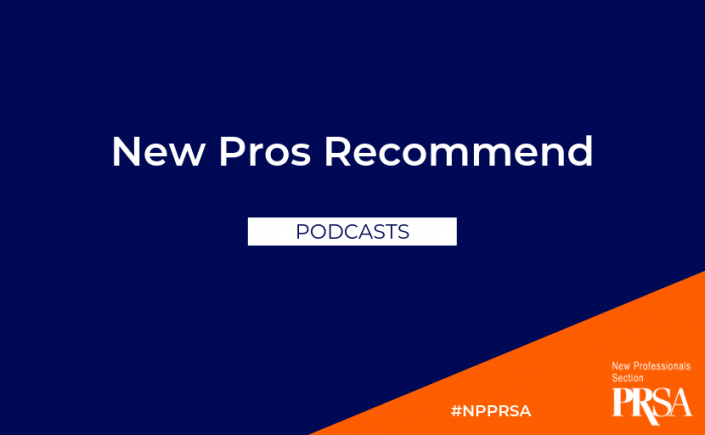
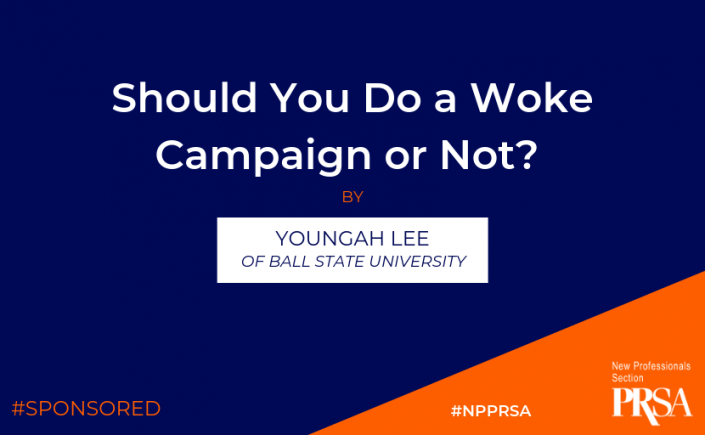
![5555555[1]](http://prnewpros.prsa.org/wp-content/uploads/2019/04/55555551-212x300.jpg)
